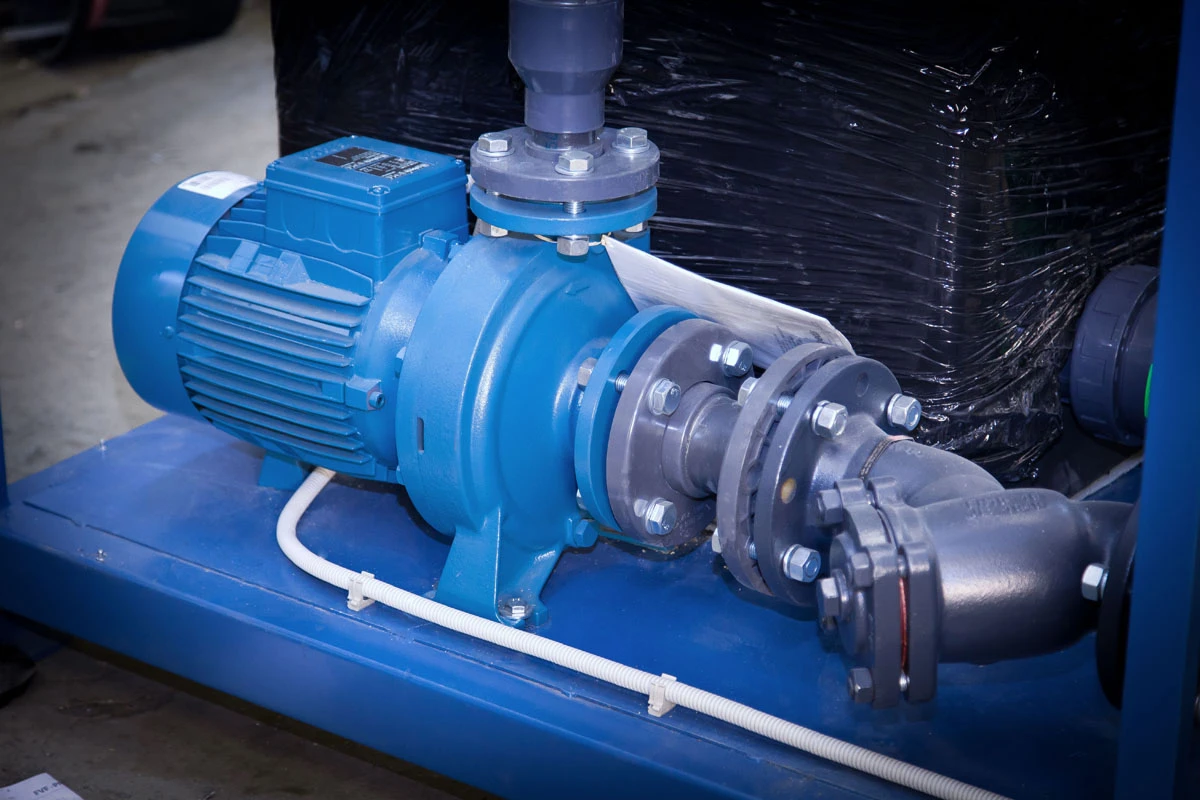
Email Us
info@pumpkingmech.com
Email Us
info@pumpkingmech.com07 July 2025

(10 inch pump)
Across industries such as mining, dredging, oil & gas, and wastewater management, the 10 inch pump stands at the center of large-volume fluid transport. As process demands increase and operational costs tighten, enterprises seek efficient and reliable pump solutions to achieve optimal flow management. A proper pump selection can directly impact energy use, process uptime, and maintenance expenditure. With growing focus on environmental compliance, the evolution of 10 inch, 12 inch, 2 inch slurry pump, and 3 inch slurry pump types addresses a wider range of particle sizes, viscosities, and corrosive slurries. This article delineates the data-driven differences, technical advances, leading suppliers, and tailored configuration options now shaping the next generation of pump deployments.
Matching pump size to process demand is critical. Below is a comparative table highlighting key parameters for four core pump types, encompassing their standard design roles, throughput, power, and operational envelope:
| Pump Type | Typical Flow Rate (m³/h) | Max Head (m) | Solids Handling (mm) | Motor Power (kW) | Applications |
|---|---|---|---|---|---|
| 10 inch Pump | 900 - 2200 | 35 - 65 | 76 | 110 - 355 | Dredging, Large-scale Slurries |
| 12 inch Pump | 1300 - 3200 | 28 - 50 | 90 | 160 - 500 | Mine Dewatering, Tailings |
| 2 inch Slurry Pump | 25 - 55 | 12 - 42 | 16 | 4 - 11 | Pilot Lines, Laboratory Slurry |
| 3 inch Slurry Pump | 60 - 120 | 18 - 46 | 24 | 7.5 - 18.5 | Small-scale Slurry, Cyclone Feed |
As outlined, 10 inch pump models excel at large-bore flow, handling up to 76 mm solids and supporting industrial-scale transfer rates upwards of 2200 cubic meters per hour—crucial when productivity and minimal downtime are non-negotiable.
The current generation of slurry and water pumps exhibit engineering advancements that leapfrog legacy systems. Materials selection—ranging from wear-resistant high-chrome alloys to advanced elastomers—contributes up to 30% longer operational lifespans, reducing unplanned maintenance cycles and total cost of ownership. Hydrodynamically optimized impeller profiles, featuring 3D-flow modeling, consistently demonstrate energy savings of 12–18% compared to flat-blade designs once considered the industry norm.
For example, integrating variable frequency drives (VFDs) in 10 inch and 12 inch pump installations enables intelligent ramp-up, allowing process engineers to match motor load precisely to process requirements. Field data from a recent mining deployment shows that a VFD-equipped 10 inch unit utilized 22 kWh less energy daily, representing an annual savings of nearly 8,000 kWh per pump. In abrasive slurry pipelines, proprietary seal technology and high-density liners have increased mean time between failures (MTBF) from 3,400 hours to over 4,600 hours, contributing to greater ROI.
Navigating the supplier landscape reveals critical differences in manufacturing standards, integration support, and customization capacity. The following comparative table synthesizes data from recent customer audits and product spec sheets, focusing on four leading global pump suppliers.
| Supplier | Global Installations | Lead Time (weeks) | Customization Score (1–10) | Warranty (months) | Notable Feature |
|---|---|---|---|---|---|
| Weir Minerals | 40,000+ | 7 - 10 | 9 | 18 | Heavy-duty thick liners |
| ITT Goulds | 37,500+ | 9 - 12 | 7 | 24 | Advanced seal technology |
| Flowserve | 34,000+ | 8 - 16 | 8 | 12 | Digital monitoring packages |
| Hebei Delin | 29,000+ | 5 - 8 | 8 | 13 | Rapid prototyping service |
While Weir Minerals delivers on ultra-heavy-duty liners and rapid global support, ITT Goulds excels in extended warranty provisions. Flowserve leverages digital integration for predictive maintenance, and Hebei Delin leads with competitive delivery timelines and prototyping speed for customized demands.
Real-world conditions rarely conform to off-the-shelf parameters. Process fluids often display unique viscosity, solid content, and corrosive or erosive tendencies. Consequently, specifying a 10 inch pump, 12 inch pump, or smaller variants often requires tailored impeller geometry, casing alloy, or seal package.
For high-solids dredging, hardened impellers with thickened trailing edges and silicon carbide dynamic seals outperform standard components by up to 1.7x measured lifespan. In corrosive chemical handling, duplex stainless steel or proprietary elastomeric coatings can yield up to 4x greater resistance than standard grey iron, protecting critical pump internals during continuous operations. Variable-speed control, remote pressure monitoring, and modular component swaps remain popular upgrades sought by OEM integrators and process engineers striving to improve mean throughput and reduce unplanned downtime.
Design teams increasingly utilize real-time simulation and finite element analysis to validate custom designs, compressing the prototyping phase while guaranteeing specification adherence. As operational risks and environmental obligations mount, the case for bespoke pump specification grows stronger industry-wide.
Application data validates the technical claims and underlines the ROI for each pump size:
These data-driven examples illustrate that the impact of appropriate sizing, technical upgrades, and manufacturer innovation directly reflects on uptime, energy usage, and cost-efficiency across operations on multiple continents.
The rapid evolution of 10 inch pump designs underscores their lasting relevance as the central backbone of bulk fluid movement in high-demand sectors. Combined with the versatility of 12 inch, 2 inch slurry pump, and 3 inch slurry pump solutions, operators have an unprecedented arsenal of options for tackling difficult slurries, scaling output, and minimizing life-cycle costs.
As digital integration, advanced metallurgy, and aftermarket support standards continue to rise, buyers are advised to focus on suppliers offering proven energy efficiency, modular customization, and robust remote-monitoring capabilities. The industry is seeing a decisive shift toward smarter, longer-lasting, and more sustainable pumping systems. For process engineers, facility managers, and procurement teams, the opportunity to maximize operational performance has never been greater—with the right 10 inch pump at the core.

(10 inch pump)